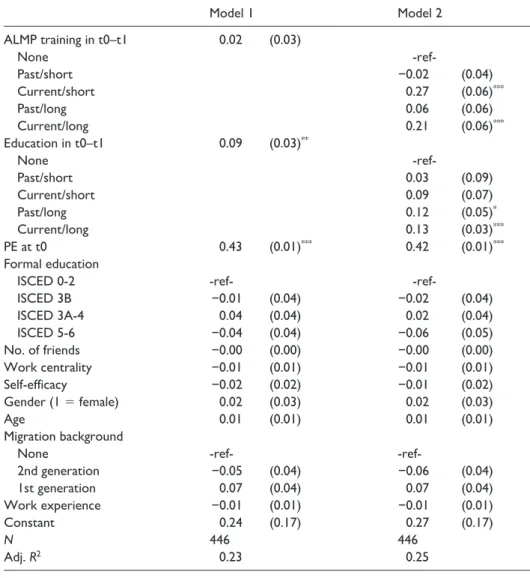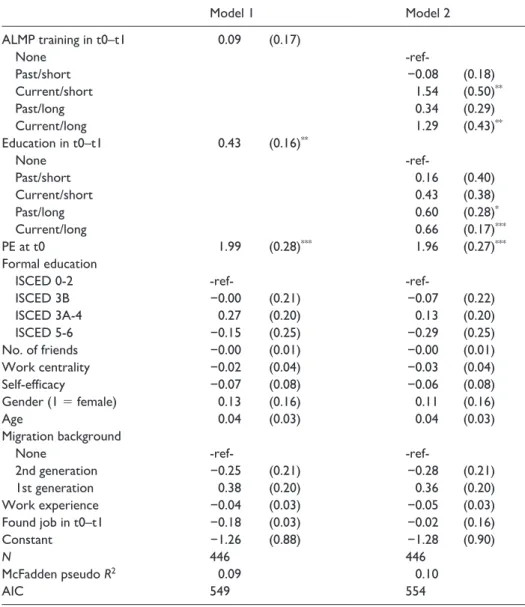Learning to keep the faith? Further education and perceived employability among young unemployed
Volltext
Abbildung
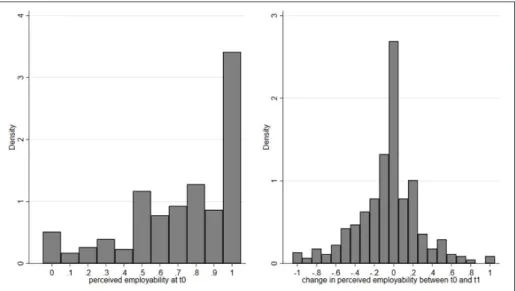
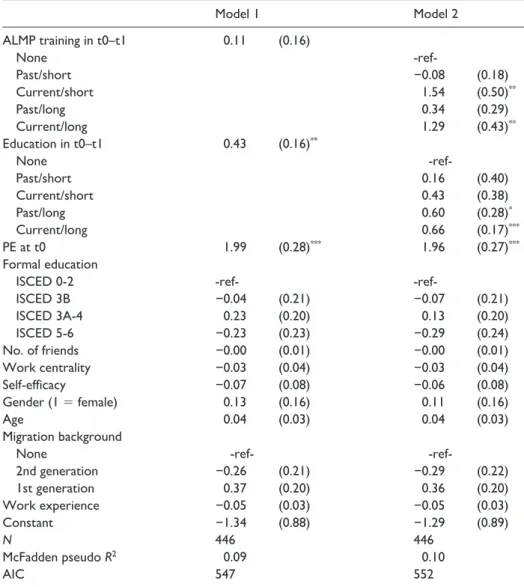
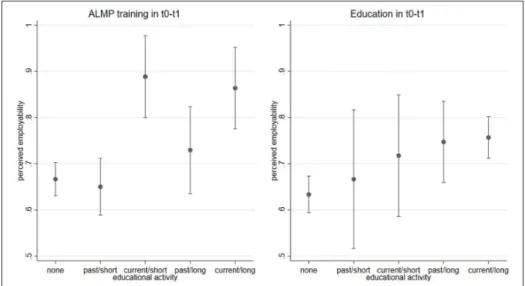
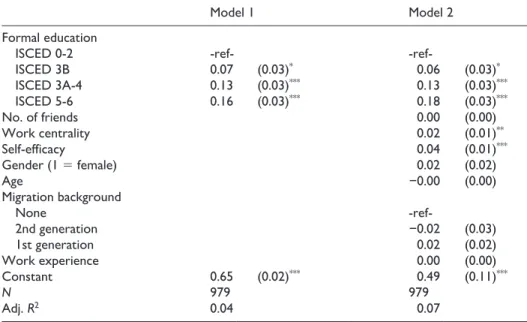
ÄHNLICHE DOKUMENTE
With over 34,000 students, about 9,000 corporate partner companies and social institutions and over 145,000 alumni, DHBW is the largest higher education institution in the
The Learning and Employability series is being extended by the Higher Education Academy and will reflect changing challenges and priorities in the relationship between higher
This paper provides a few examples of that potential, such as bespoke learning, intelligent tutoring systems, facilitating collaboration, and automated grading. Faculty members
TABLE 2 Individual characteristics, values of education (Year 8) and the change in higher education aspirations between Year 7 and Year 9 in Luxembourg and Switzerland
The fifth generation (Intelligent Flexible Learning Model) of distance education, incorporating the use of automated response systems and intelligent reusable learning
And it is also obvious that the overall decline in apprenticeship intakes over the years is due to the supply side of the training market and not to young people's
This work (in print in European Societies) studies the association between the participation to tertiary education (in Allmendinger’s terms, vertical destratification of
It can be seen as a warning for the VET sector as well as for that type of education in the coming years, especially when it comes to the overlap with the EHEA in the
